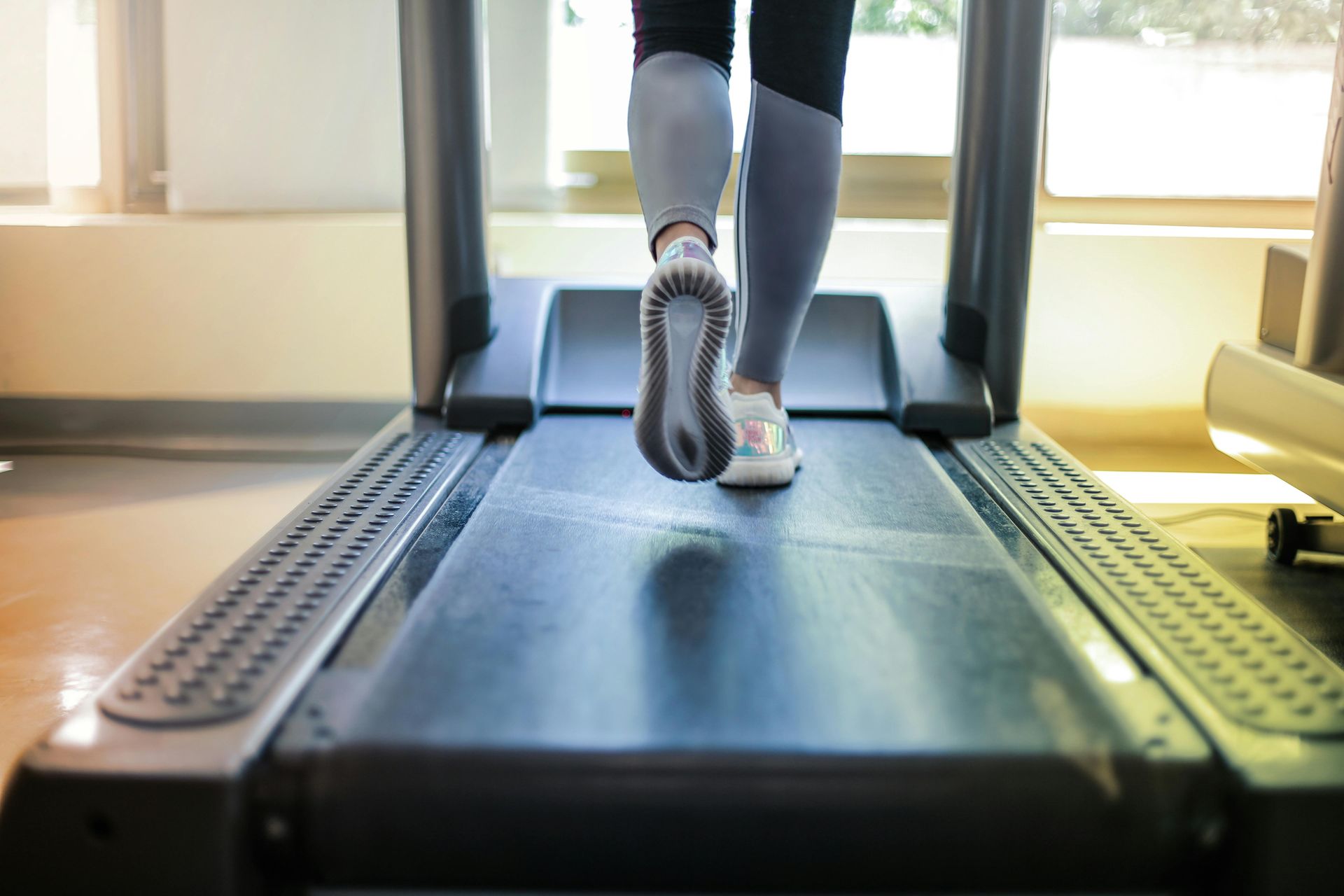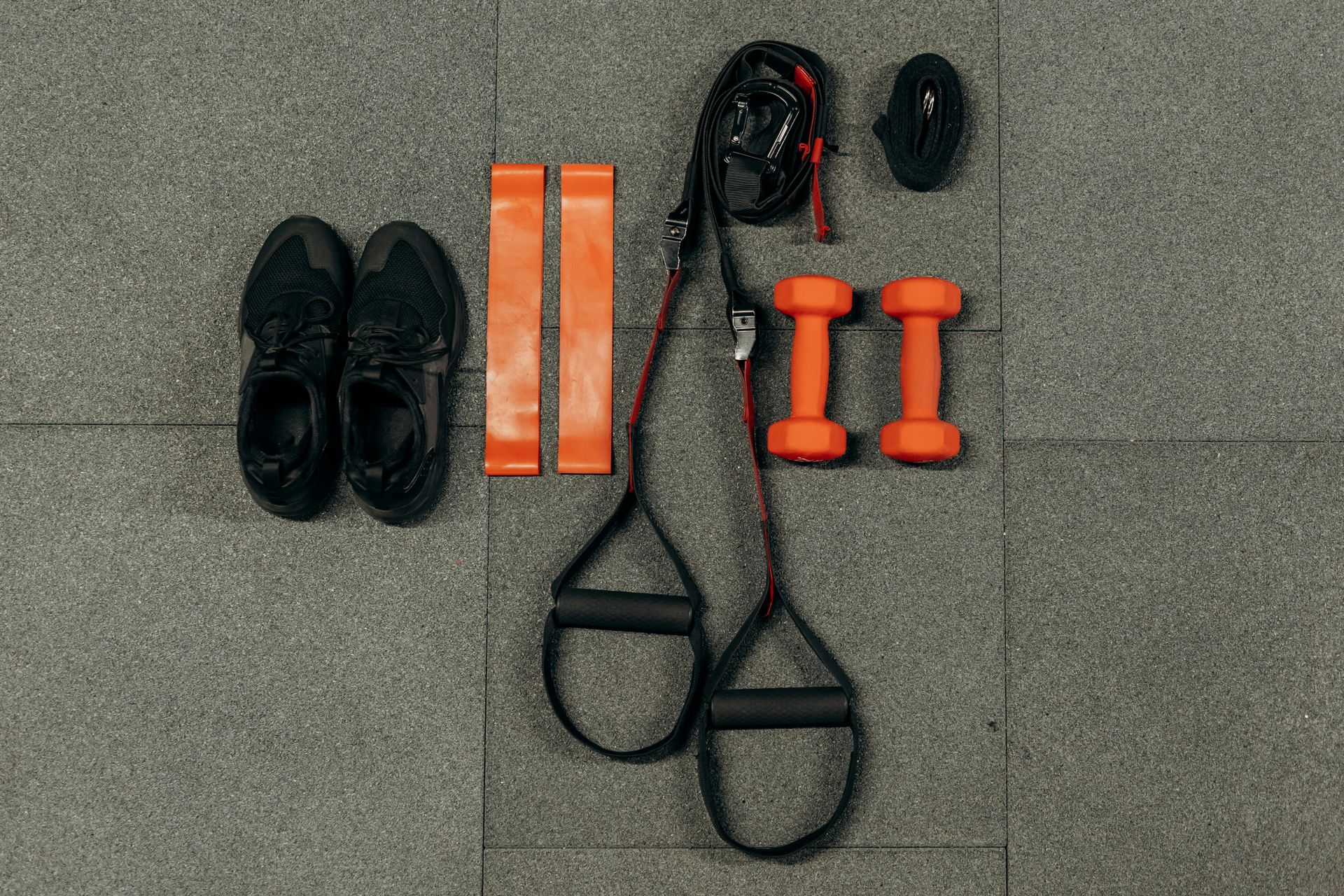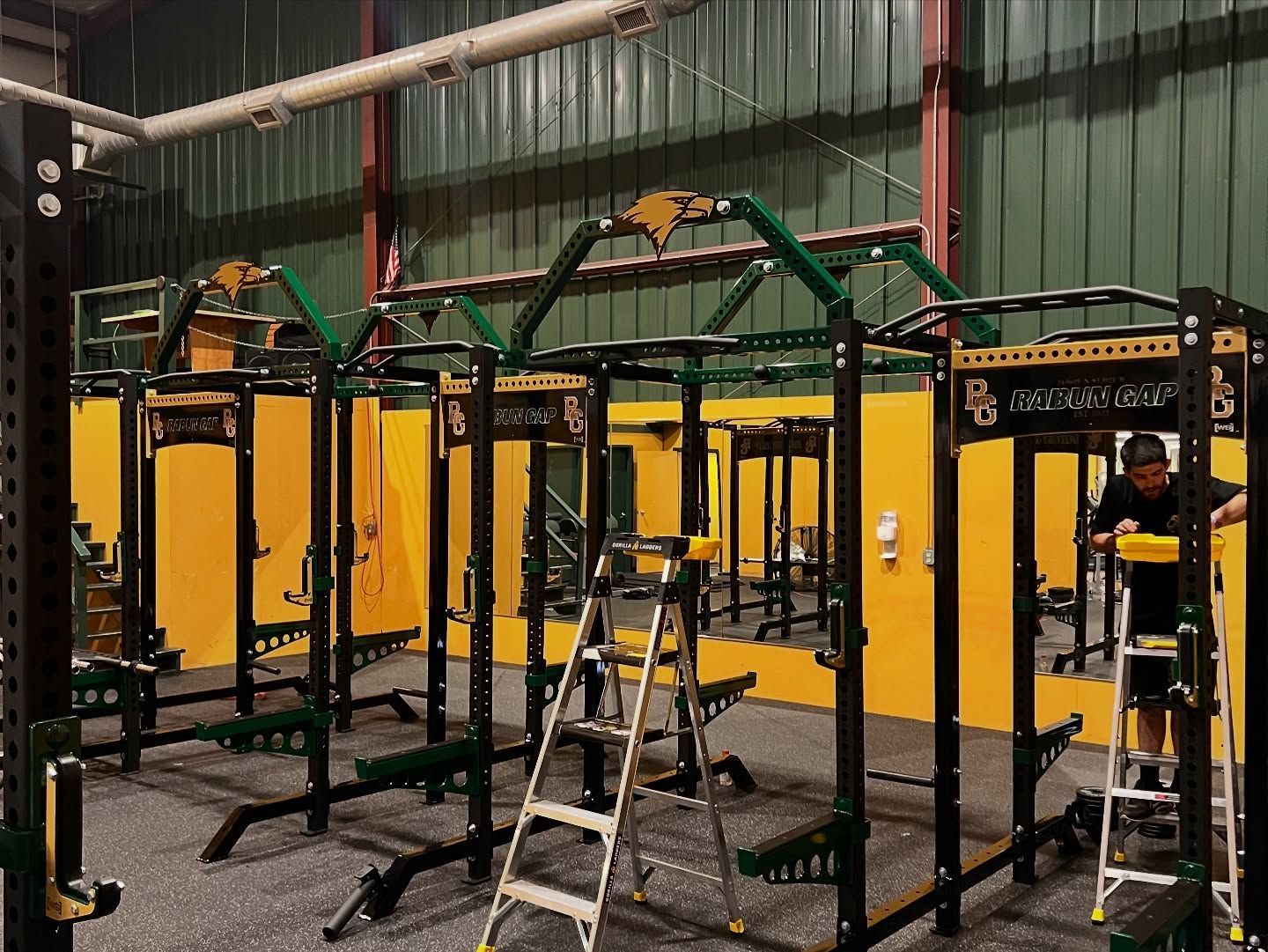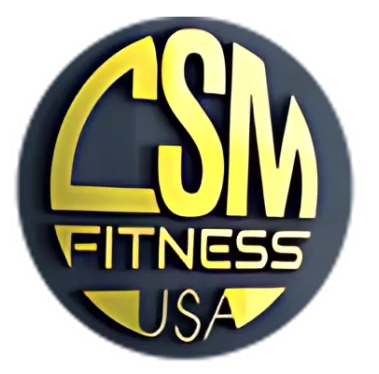THE BELT SQUAT
If you’re looking to ramp up your lower body training without the stress on your back and shoulders that comes with traditional squats, the belt squat machine might be your new gym staple. Designed to focus the workload on the lower body while sparing the spine, belt squat machines are an innovative tool for athletes, fitness enthusiasts, and rehabilitation patients alike. This blog post delves into what belt squat machines are, their benefits, potential drawbacks, and the people who benefit the most from their use.
A belt squat machine is a piece of strength-training equipment that allows you to perform squats by attaching a belt around your waist. This setup directs the resistance through the belt and your hips, bypassing your upper body entirely. This method not only reduces the risk of spinal injuries but also allows those with upper body limitations to continue strength training effectively.
Key Benefits of Belt Squat Machines:
The most significant benefit of the belt squat machine is its ability to completely unload the spine while squatting. This is crucial for individuals who have experienced back injuries or those who want to prevent them. By transferring the load to the hips, users can still engage in heavy lifting without the associated risks of conventional squats.
Belt squat machines are ideal for solo workouts as they eliminate the need for a spotter. The setup ensures that you can perform squats with heavy weights safely. Additionally, the design of most belt squat machines includes safety catches and adjustable settings, enhancing the workout experience.
While primarily used for squatting, many belt squat machines offer the flexibility to perform a range of other exercises, such as lunges and deadlifts. This makes them a versatile addition to any fitness regimen, providing a full lower-body workout within a single station.
Focusing primarily on the quadriceps, hamstrings, glutes, and calves, belt squats are excellent for building muscle strength and endurance in the lower body. Additionally, the need to maintain balance and stability during the exercise means your core is also engaged, providing a comprehensive workout.
Potential Drawbacks and Consideration
If the belt is not adjusted correctly, or if the form is off, it can lead to hip discomfort or strain. It’s essential to ensure the belt fits snugly and that the squat technique is correct to avoid any potential issues.
Proper technique in belt squats is just as crucial as in any other form of exercise. Incorrect form can lead to injuries or reduced effectiveness of the workout. Always focus on maintaining a neutral spine and controlled movements.
While incredibly beneficial, belt squat machines can be a significant investment and require a fair amount of space. This might be a consideration if you're looking to add one to your home gym.
Ideal Candidates for Belt Squat Machine
Athletes looking to reduce wear and tear on their bodies, particularly their central nervous system, can benefit from integrating belt squats into their routines. This allows for intense lower body training without additional strain.
Those with chronic back pain or histories of spinal injuries can use belt squats as a safe alternative to traditional squats, enabling them to continue strengthening their lower body without risking further injury.
Recovering from an upper body injury doesn’t have to mean neglecting your legs. Belt squats allow for effective lower body workouts without involving injured areas.
For older adults, maintaining lower body strength is crucial for mobility and independence. Belt squats provide a safe way to exercise without the risk of falling.
People with Limited Mobility or Balance
The stable, controlled environment of a belt squat machine is ideal for those with balance or mobility concerns, allowing them to perform squats safely.
How to Use a Belt Squat Machine Effectively
Ensure the belt is properly adjusted to fit securely around your waist and that the machine settings align with your height and weight.
Keep your torso upright and your movements controlled. The descent should be slow and controlled, and the ascent should be driven by your legs.
Start with lighter weights to perfect your form and gradually increase the weight as your strength improves.
The belt squat machine is a powerful tool for enhancing lower body strength and performance while minimizing risk to the upper body. Whether you’re an athlete, someone with back issues, or just looking to diversify your workouts, it’s worth considering this innovative equipment for your fitness routine.
Here are some additional exercises you can perform with a belt squat in order to ensure you get the most of the machine.
Yes, the belt squat machine is quite versatile and allows for a variety of exercises beyond traditional squats. Here are some alternative exercises you can perform with a belt squat machine to diversify your workout and target different muscle groups:
1. Lunges: You can perform both stationary and walking lunges using the belt squat machine. This exercise targets the quads, hamstrings, and glutes more dynamically and can help improve balance and coordination.
2. Deadlifts: By positioning the feet slightly behind the load, you can perform deadlifts with the belt squat machine. This variation places more emphasis on the posterior chain, including the lower back, glutes, and hamstrings.
3. Hip Thrusts: You can use the belt squat machine for weighted hip thrusts by positioning yourself near the floor and placing your upper back against a bench. This exercise is excellent for targeting the glutes and hamstrings.
4. Box Squats: By using a box or bench to squat down to, you can perform box squats with the belt squat machine. This exercise helps with practicing squat depth, developing power, and reducing strain on the knees.
5. Step-Ups: If the machine is set up near a platform or box, you can perform step-ups. This is a great exercise for unilateral (one-sided) strength, which can help correct muscle imbalances and improve overall stability.
6. Split Squats: You can perform split squats by placing one foot forward and the other extended back, using the belt for resistance. This exercise intensely targets the quadriceps and glutes while also engaging the core for balance.
7. Standing Calf Raises: Positioning yourself on a raised platform (like a block or step) allows you to perform calf raises with the belt providing additional resistance. This exercise targets the calf muscles.
8. Side Squats: By squatting to one side while keeping one leg straight, you can engage the inner and outer thighs differently than with a traditional squat.
These exercises can be adjusted and varied depending on the specific design and features of the belt squat machine you are using. Always ensure you have proper form and the machine is set up correctly to avoid injury and maximize the effectiveness of your workout.
